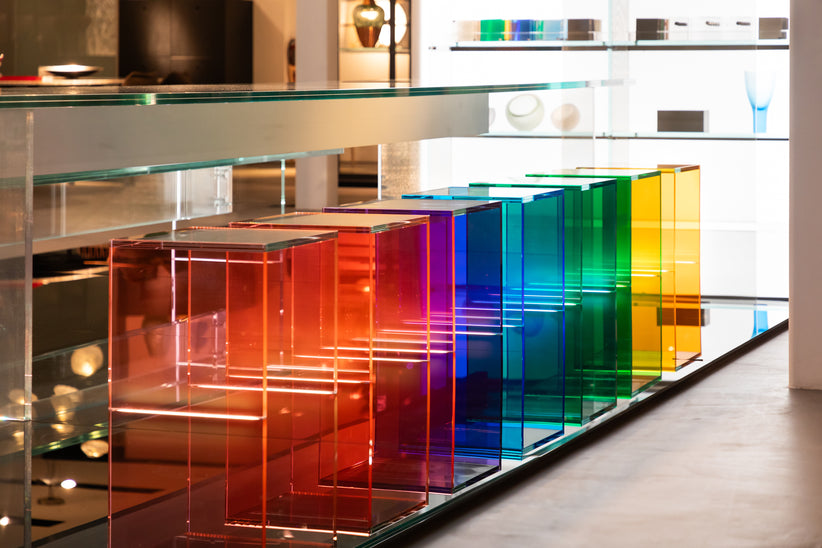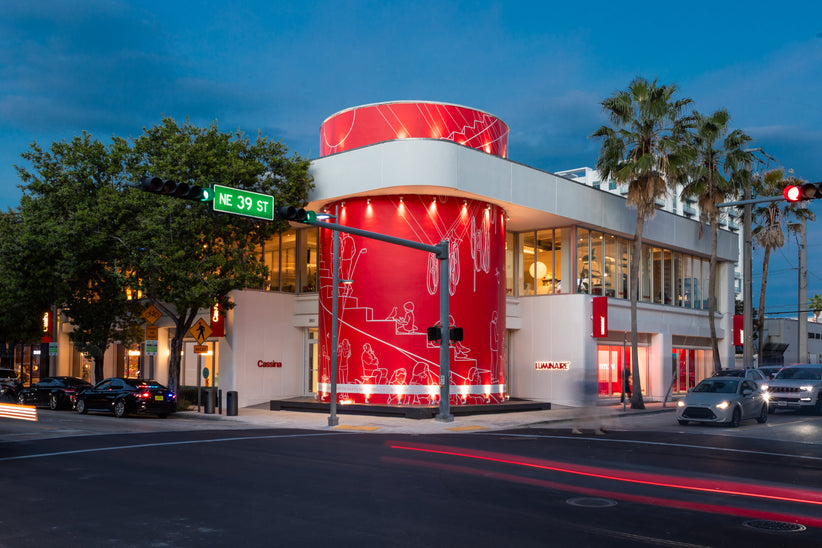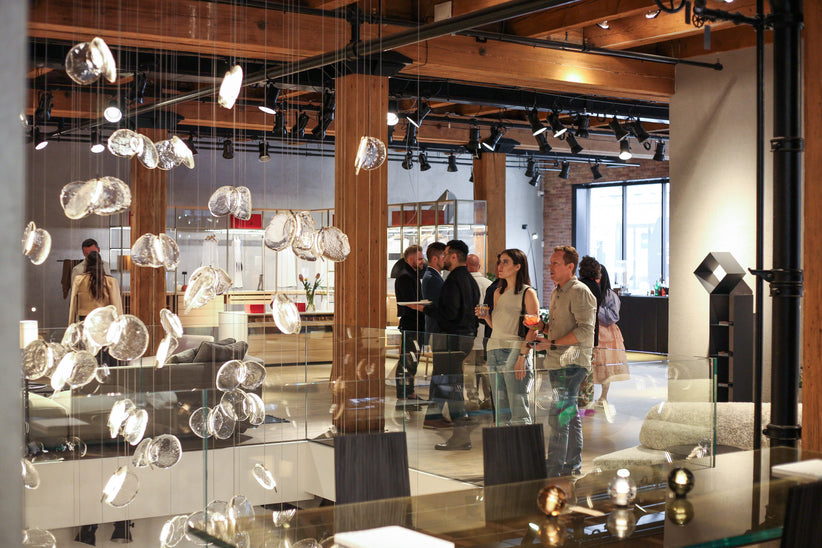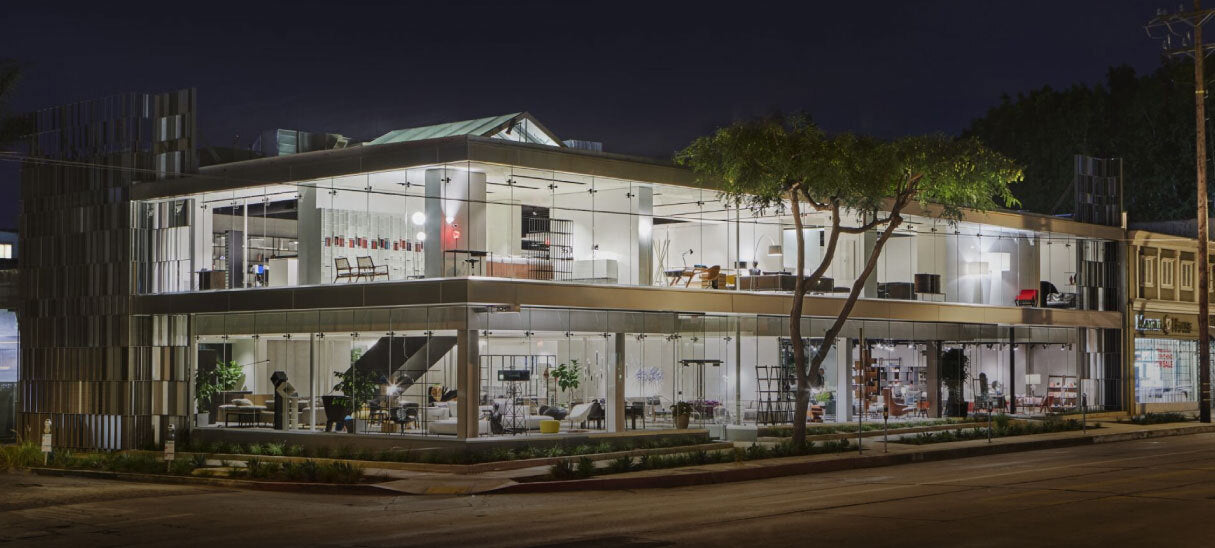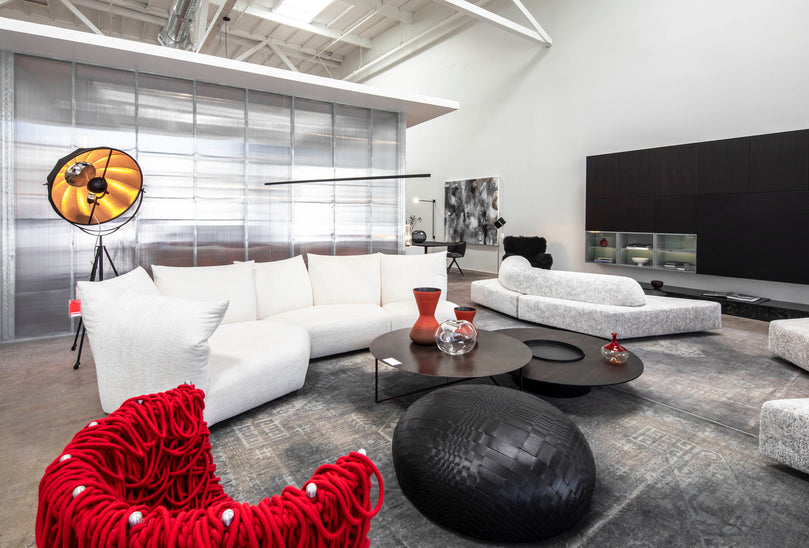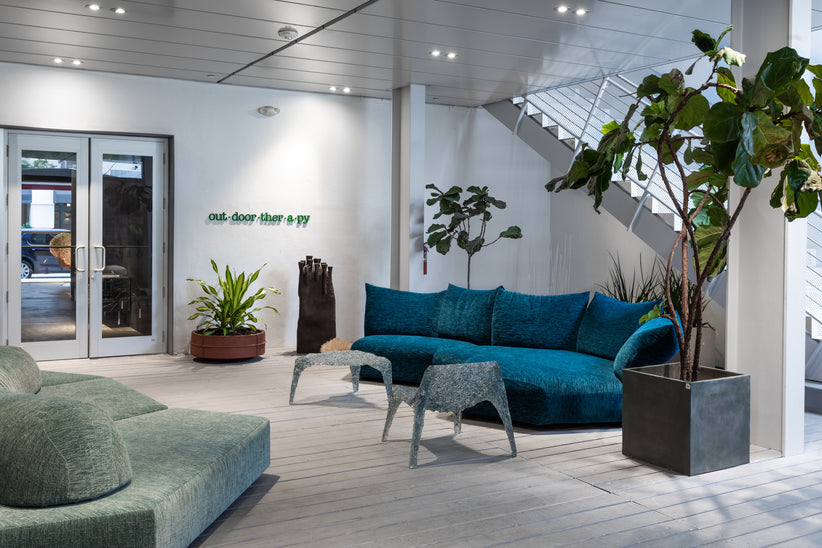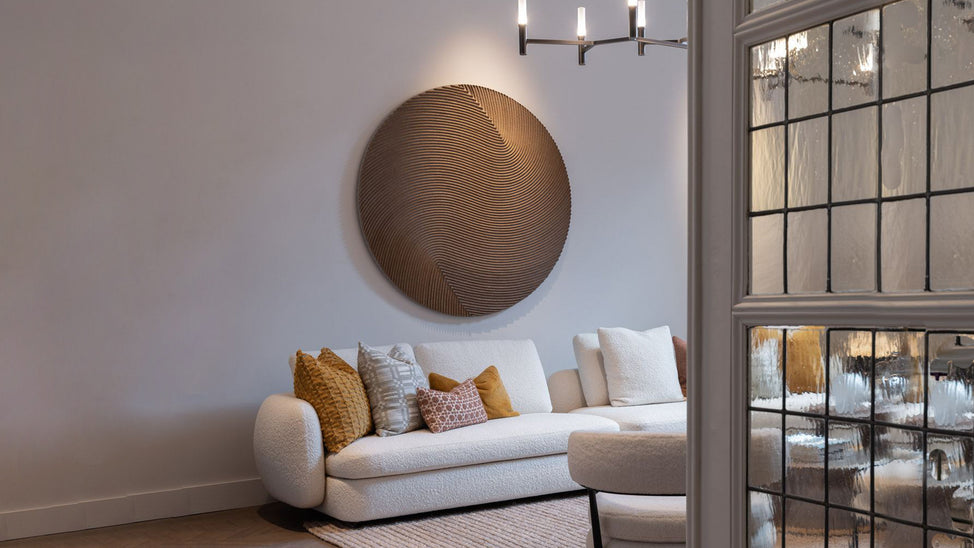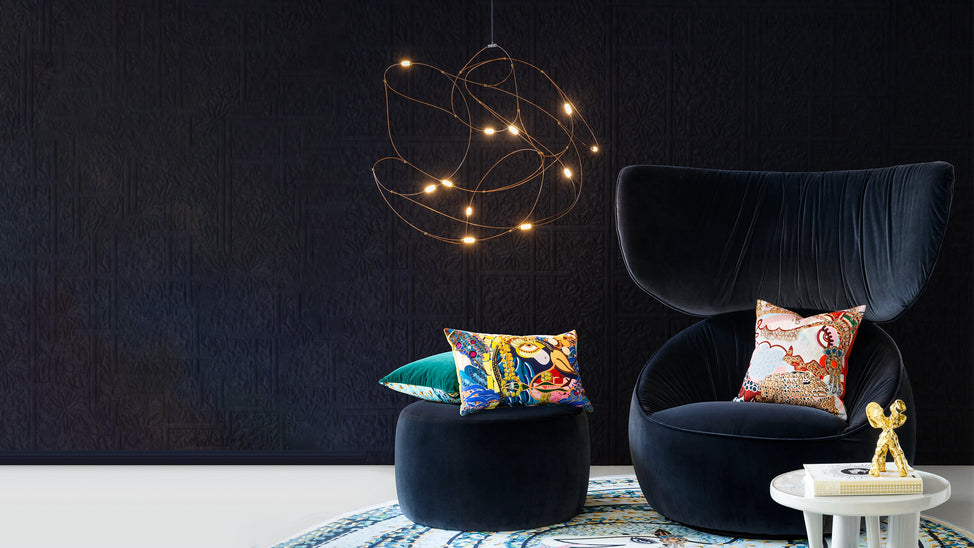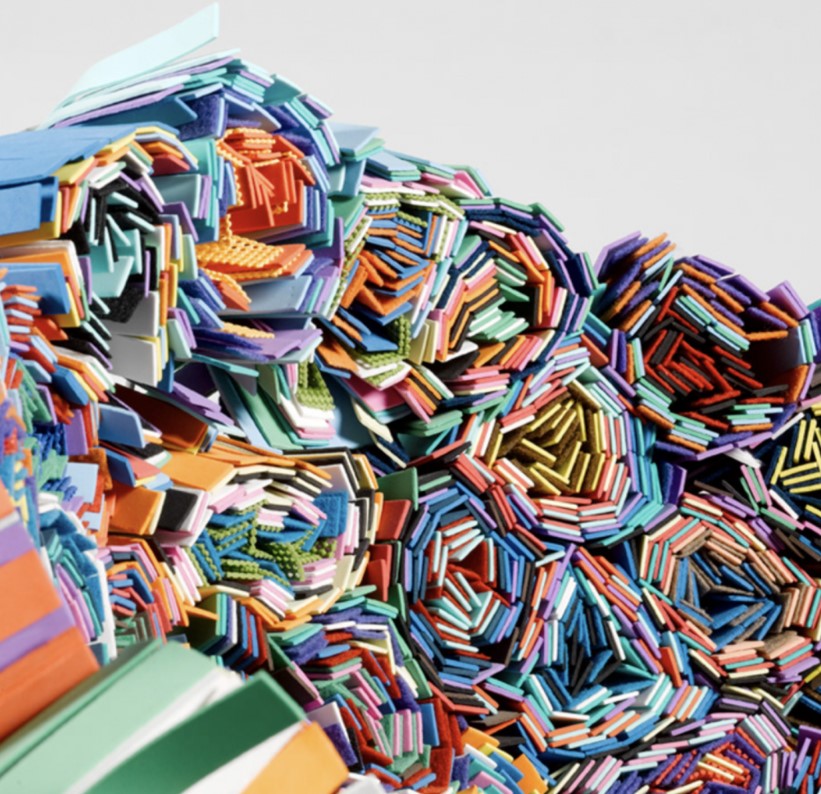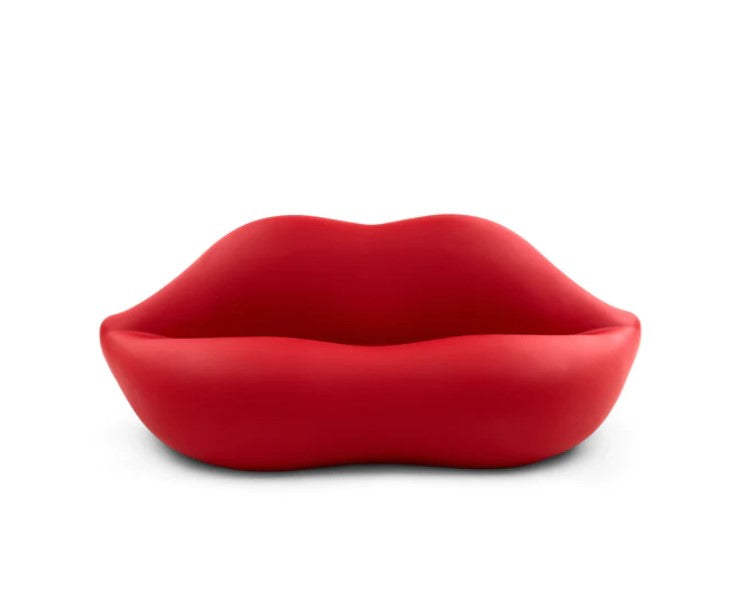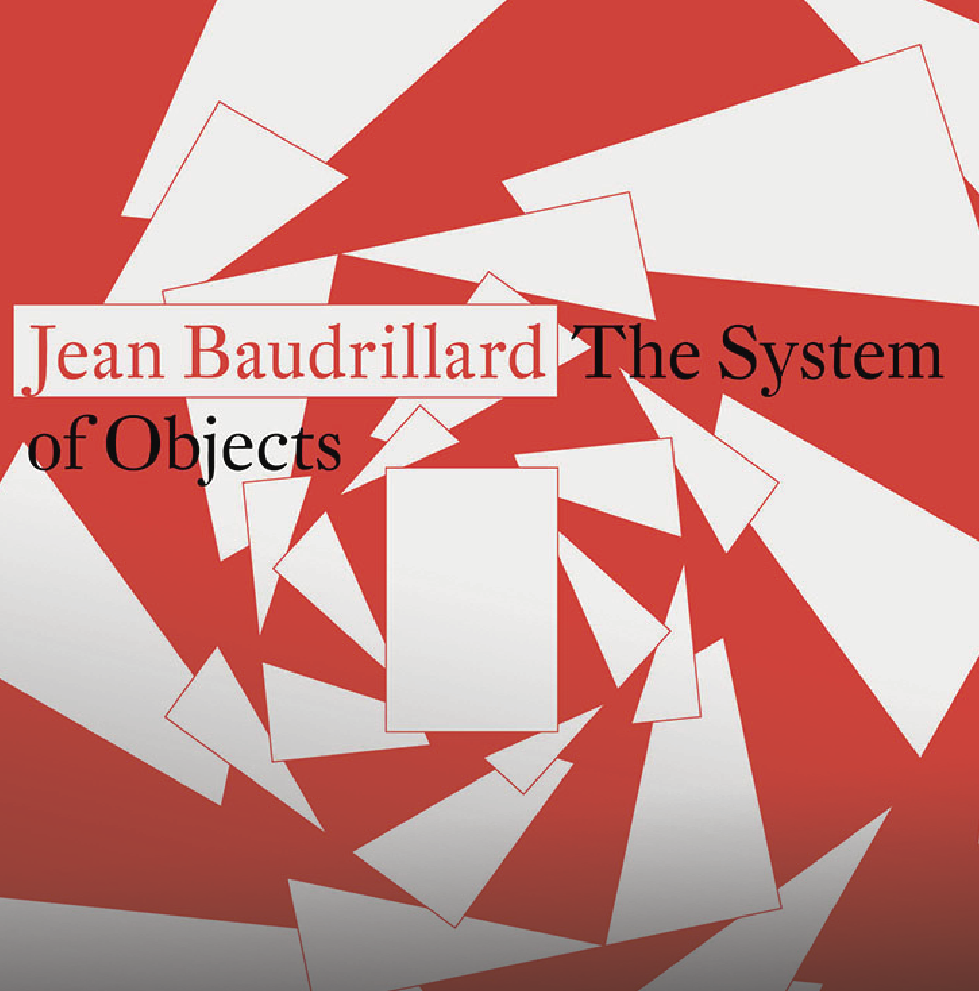Dynamic, engaging, and all pervasive, pop culture informs our everyday with narratives, attitudes, and images that reflect our times, shape our social customs, and speak to our deepest sensibilities of acceptance and style, motivating and buttressing our thoughts and behaviors with noted influence. For years, design has engaged with pop culture in varied symbiotic ways, whether taking inspiration from film, technology, fashion, or music to develop designs that are timely, fashionable, and purposeful, or influencing spaces in pop culture with designs that become recognized and beloved. Experiments in material and functionality are often sparked by trends we see in our everyday milieu, while the aesthetic references in design are at times shaped by mass media and art. Pop culture often creates the context for which design is consumed, creating an environment deeply engrossed in a conversation between disciplines, and resulting in designs that are intriguing in substance and relevant in form.
Pop culture gave expression to a new reality in art and design most notably in the 1960s, as it became a more dominant muse for work created in dialogue with popular forms of media and consumer culture. With legendary furniture designers like Verner Panton experimenting with plastic and artists like Roy Lichtenstein and Richard Artschwager translating their art into objects and furniture, designs took on a colorful geometric shapes and boldly joyful expression, reflecting everyday culture and advertising of the times. With pieces like the Vitra Amoeba Lounge Chair, the Bocca, or Marilyn, sofa, and Gufram's iconic PRATONE® we witness the impact of radical imagery and contemporary references in designs arrested by vivid colors and rooted in a sociocultural climate of celebrity, pop art, and consumerism. With bold shapes, unusual materials, and rich, primary colors outlined in black as made popular in comic books, pop art of the 60s successfully married pop culture with the reigning aesthetics that not only marked the era with designs like the Karelia chair or Dorothee Becker’s Uten.Silo for Vitra, but repeatedly made appearances in designs beyond the 60s as with the playful Org Table by Fabio Novembre for Cappellini or the more recent Mariposa sofa by Edward Barber and Jay Osgerby whose use of color hails from a pop art legacy of daring aesthetics and brilliant luminosity, sophisticated yet jubilant.
Sometimes subtle, restrained, and a bit elusive, pop culture can inform various aspects of aesthetics like materials used or shapes inspired by trends of the moment, as with Harry Bertoia’s Diamond Chair and its connection with metalworking of the times, or Marco Zanuso’s iconic Lady Armchair, a made-in-Italy masterpiece whose pop culture inspired robust shape and cozy upholstery sits atop slender legs for a truly modern construction. At other times aspects of pop culture like movies and music can directly influence the furnishings and accessories we consume, like with Shiro Kuramata's Solaris chest which was inspired by a science fiction film of the same name, or various works by the Campana brothers, who worked to recreate the objects they witnessed in the movies they watched. From their first exhibition that included the Desconfortáveis, or uncomfortable, chairs, which reflected the tumultuous moment in Brazil as they moved away from a military dictatorship to becoming a globally connected community, to Sushi chairs, which shaped like a California roll made note of the Japanese influence in Brazil, to the Favela chairs inspired by Brazilian shacks of the same name, and their more recent Boa sofa for Edra whose folds envelope the user with luxury and reassurance, the Campana Brothers pieces carry a reciprocal relationship with pop culture, nature, and sociopolitical climate in which they are enmeshed, illuminating the notion that the images, ideas, and themes that pervade our everyday can likewise shape the objects common to our daily experiences, as they become a part of the cultural fabric that inspired them in the first place.
Vigorous and persuasive, there are moments when pop culture influences what becomes highly celebrated in design, as celebrities and other cultural icons set the tone in what is considered stylish, like Madonna making use of Marc Newson’s Lockheed Lounge in a music video, Arne Jacobsen chairs resurrected to elegant effect in popular television shows like Mad Men, or a resurgence of pink accents as with the Barbiecore phenomena of late. Whether pop culture finds its muse in designs that provoke and captivate the senses, or designs elicit emotions and speak to what inspires us by taking from pop culture ideas and images that translate into furniture and objects we use everyday, what we choose to inhabit our living environments is often intrinsically connected to the cultural milieu of our time and social climate, a synergy of values and the visual, that bring us pieces relevant to our experiences and speaking to the culture at large, from enlightened works like Patricia Urquiola’s Trampoline chair to a chaotic orderliness of our times like with the Randomito Wall Shelf. Reimagining the cultural influences that take hold of our everyday as sensory experiences that ignite expressions of joy and serenity, as with Front’s Pebble Rubble modular system, and incorporating popular symbols of celebrity and consumerism as with Fornasetti’s latest collection, design’s relationship to pop culture becomes dynamic and germane to our lives, influencing what we like, what we feel, and how we live, compelling and distinctive.
February 2024


